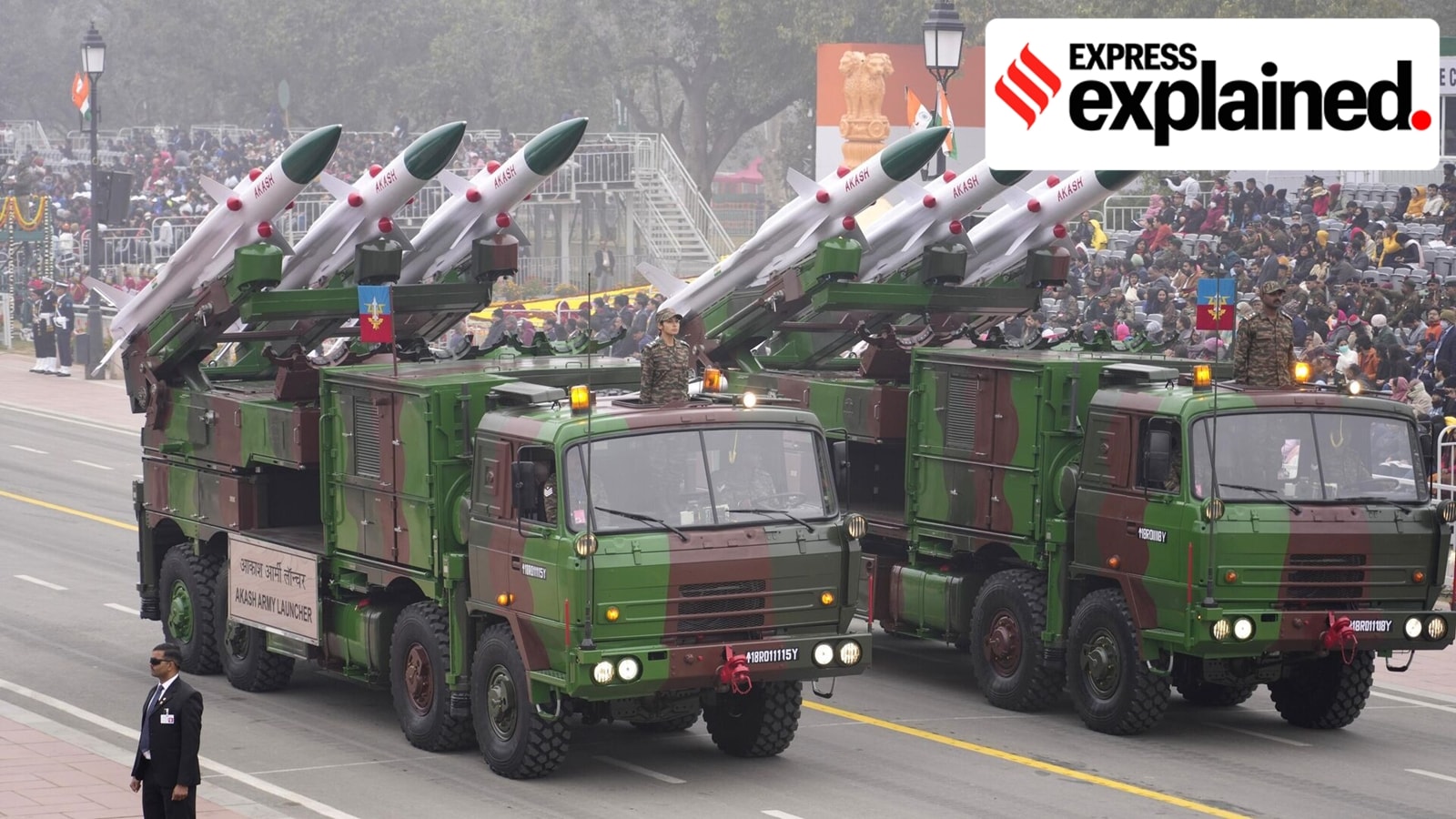Operation Sindoor: Showcasing India's Growing Defence Tech Prowess

Operation Sindoor, a recent Indian military operation, has garnered significant attention not only for its strategic success but also for the powerful demonstration it provided of India's burgeoning indigenous defence technology capabilities. Beyond the battlefield achievements, the operation served as a compelling showcase of 'Make in India' initiatives within the defence sector, highlighting years of dedicated investment and groundbreaking research by key organizations like the Defence Research and Development Organisation (DRDO) and the Indian Space Research Organisation (ISRO), amongst others.
For decades, India has striven towards self-reliance in defence, aiming to reduce dependence on foreign imports and bolster national security. Operation Sindoor vividly illustrates the tangible progress made in this direction. The equipment and technologies deployed during the operation weren't merely assembled in India; they were largely designed and developed by Indian engineers and scientists, reflecting a significant shift in the nation's defence landscape.
Key Technologies on Display:
- Advanced Surveillance Systems: Operation Sindoor highlighted the effectiveness of domestically produced surveillance systems, enabling real-time monitoring and intelligence gathering in challenging terrains. These systems incorporate advanced optics, radar technology, and data analytics, providing crucial situational awareness for commanders.
- Precision Guided Munitions: The successful deployment of precision-guided munitions, developed by DRDO, underscored India's capability to manufacture sophisticated weaponry with high accuracy and minimal collateral damage. This demonstrates a commitment to responsible military operations.
- Communication and Networking: Secure and reliable communication networks are vital for modern military operations. The operation showcased the robustness of India's indigenous communication systems, ensuring seamless coordination between different units and command centres.
- Electronic Warfare Capabilities: India's electronic warfare capabilities, an area of increasing importance, were also subtly demonstrated, protecting friendly forces from enemy electronic interference and disrupting enemy communications.
The Role of DRDO and ISRO:
The DRDO has been at the forefront of India's defence technological advancements, consistently developing and refining a wide range of systems. ISRO’s expertise in space technology has also proven invaluable, contributing to advancements in satellite-based surveillance, navigation, and communication systems used by the armed forces. The synergy between these organisations, along with collaborations with the private sector, has accelerated the pace of innovation.
Implications for National Security and Economic Growth:
The success of Operation Sindoor and the underlying advancements in 'Make in India' defence technologies have far-reaching implications. It strengthens India’s national security by reducing reliance on foreign suppliers, ensuring access to critical defence equipment, and enhancing the country’s strategic autonomy. Furthermore, it stimulates economic growth by creating jobs, fostering technological innovation, and attracting investment in the defence sector. The 'Make in India' initiative in defence is not just about producing weapons; it’s about building a self-reliant and technologically advanced India.
Operation Sindoor serves as a powerful testament to India's commitment to becoming a global leader in defence technology. As the nation continues to invest in research and development, and fosters collaboration between public and private sectors, we can expect even greater advancements in the years to come, further solidifying India’s position as a major player in the global defence arena.






